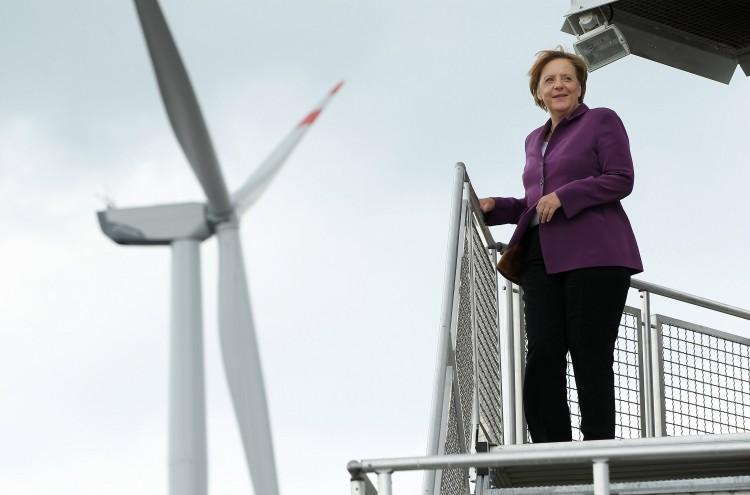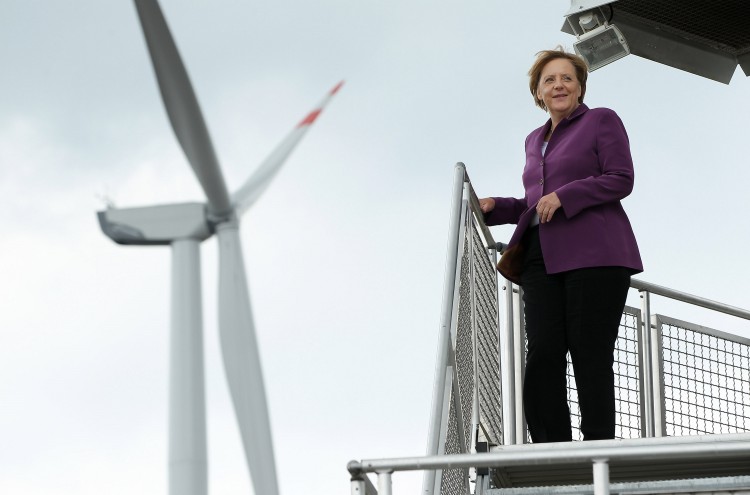MUNICH—Since the pledge to stop all nuclear energy plants in Germany by 2022 was signed, many new projects in alternative energy are coming to fruition. One of the latest statements were made by Christian Ude, the mayor of Munich, who set a target to have Munich be completely supplied by green energy by the year 2020.
The big bet to reach this ambitious goal is in wind energy, which is considered cheaper to build than other types of alternative energy generation plants. Bavaria, the state where Munich is the capital, is known to have the biggest potential for on-shore wind parks in Germany.






